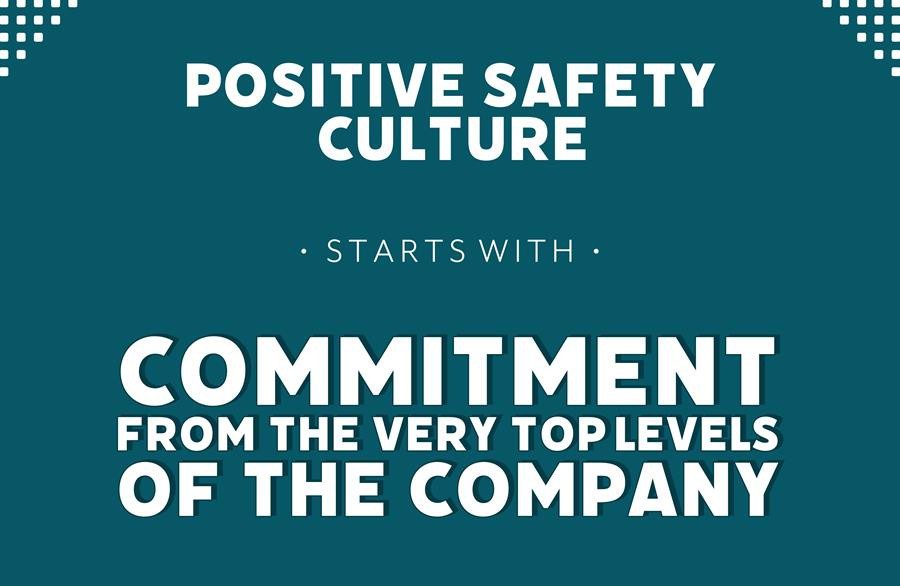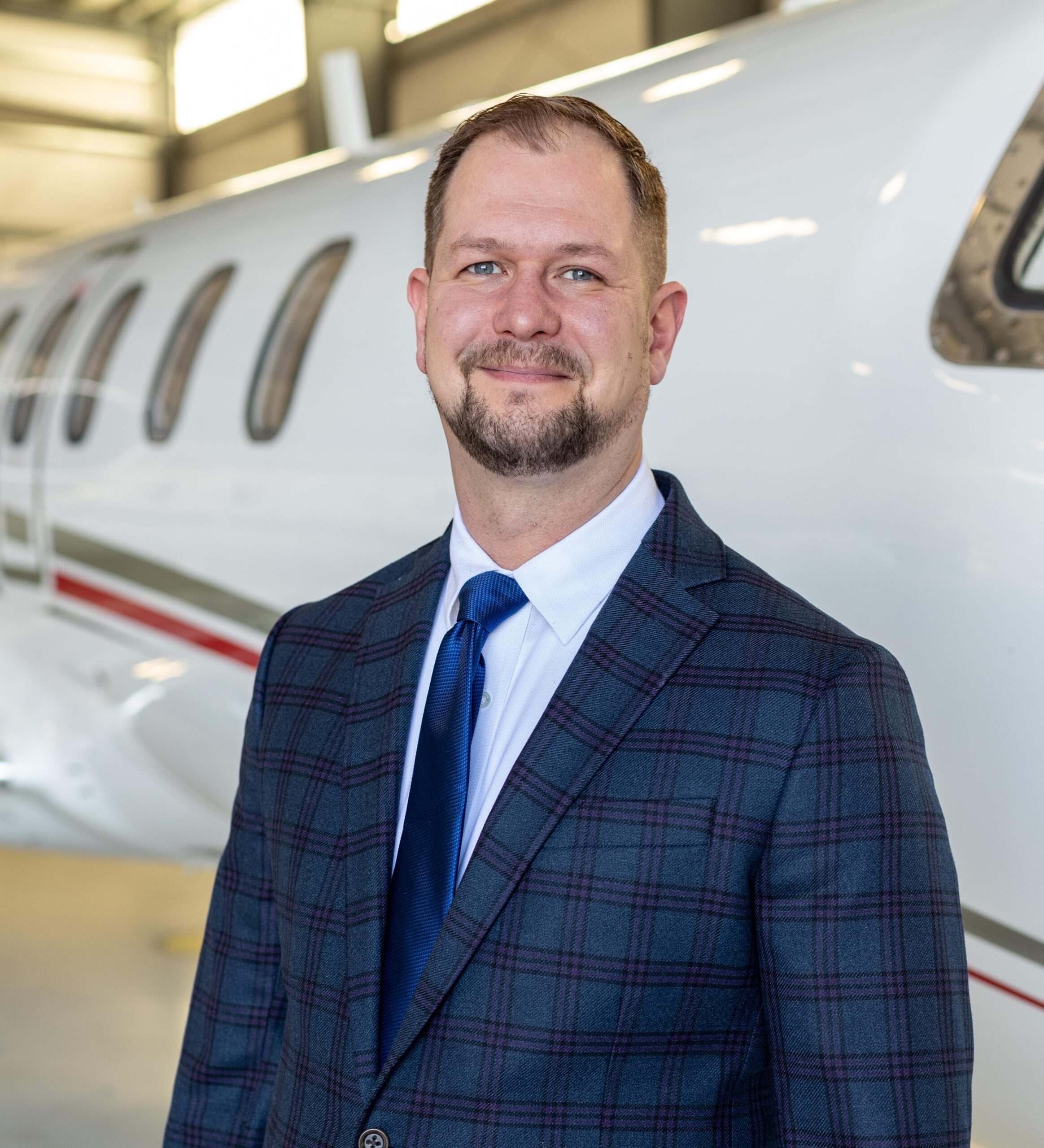The definition of a safety culture is a set of beliefs, values and rules — either formal or unspoken — about safety that all people in an organization share. Though Safety Culture is most often associated with pilots and mechanics, there is a key word in that definition – the word all.
The most advanced safety cultures understand (and believe) that each person holds a shared understanding of the way that the organization handles matters of safety. You’ll notice that there is no mention of whether that culture is positive or negative – it is possible to have a Safety Culture that is detrimentalto an organization’s safety. So, what is the great differentiator? What is the driving force behind a positive culture? It’s simple – the commitment from the very top levels of the company.

The only way to have (and maintain) a positive Safety Culture is for it to be driven and championed in the C-suite. In aviation safety, each operator has anAccountable Executive who is ordinarily an officer of the company. Those words mean exactly what you’d imagine – the buck stops with them, ultimately. They are the executive that is accountable for the safety performance of the operation. When the rubber meets the runway, the Accountable Executive has the final say on how to proceed. No matter how bought in the rest of the company is, this person must be committed to mitigating organizational risk, or the whole safety program collapses. That is the difference – do the very top levels believe in the power of managing safety risk, and insist on its consistent application?

At Omni, we are fortunate to have company officers that have flown tens of thousands of hours. Safety and risk management for most airmen, but especially pilots, is imbued in the proverbial cradle. From the first discovery flight at a flight school all the way through a pilot’s career, the importance of safety is front and center. This perspective gives our company leadership an embedded understanding of the importance of safety, and the necessity of safety programs. So, when the buck does stop, it is stopping with people who are all in on ensuring the highest margins of safety in our operation.

Another key factor in a positive safety culture is that the safety officer and the company’s leadership team have open lines of communication, and a shared purpose. The company officers, executives, and directors and the safety officer are consistently pulling in the same direction when it comes to safety. When there are disagreements, they are always resolved with the necessary amount of risk management built in. Safety becomes an automatic consideration when making operational decisions, and the leaders are unified in their approach to managing risk. Omni’s leadership team has years of experience in aviation, but the individuals holding those positions also have displayed safety-focusedleadership throughout their careers.
That leads us to our last key factor – hiring the right people. When a company has safety-focused senior leaders, and a safety-focused leadership team, it stands to reason that they hire safety-focused employees. Candidates who don’t display or understand the proper safety behaviors no longer fit the culture of the company. It almost becomes second nature – the safety culture and the overall company culture are inextricably linked. If someone doesn’t fit one, they won’t fit the other.

As you can see, a positive safety culture starts at the top, and permeates throughout the organization, all the way to its hiring process. This ensures that the safety culture and the company culture are one in the same, the individuals inside the company have a shared value and purpose, and that every individual joining Omni fits that culture, espouses and lives its values,
and is “all in” on safety.
Written by Larry Soles, Omni Air Transport Director of Safety and Security. With nearly a decade of experience in military and commercial aviation, Larry Soles has made safer flight operations his life’s work. In his aviation career, Larry has implemented or overhauled Safety Management Systems, CASS programs, Quality Assurance audit programs, and safety investigation protocols.
